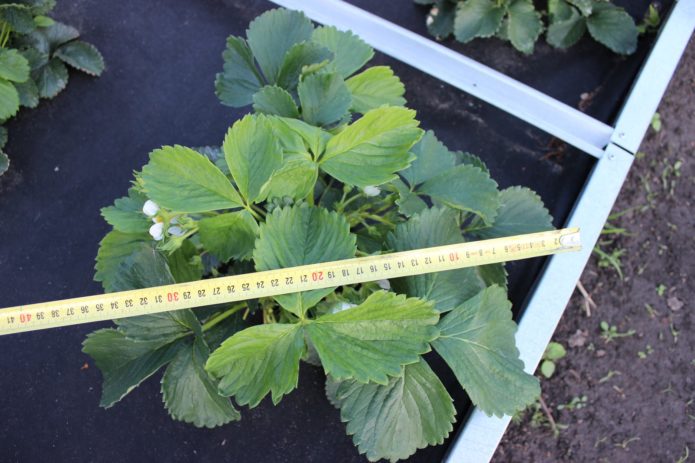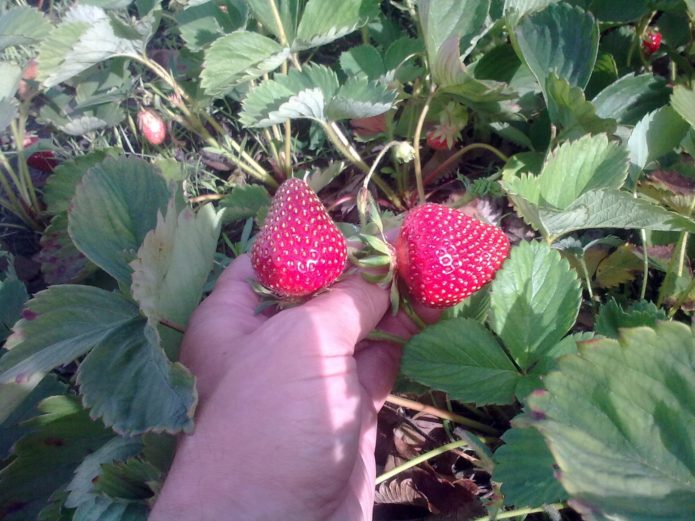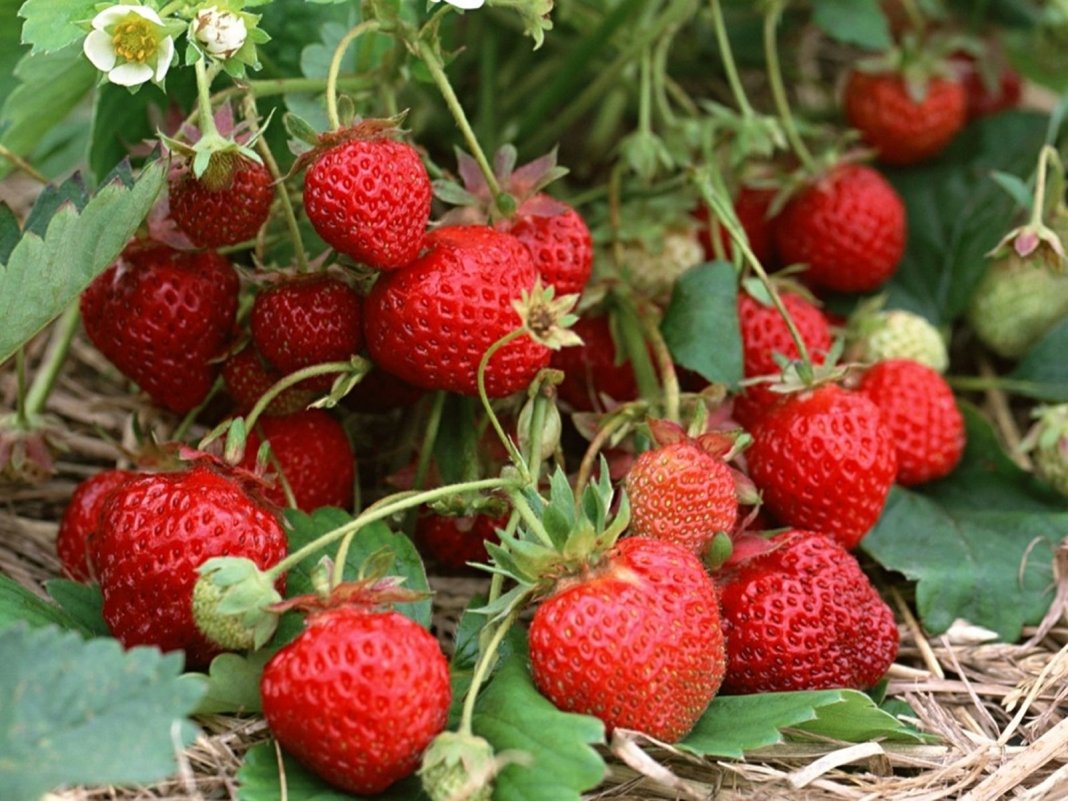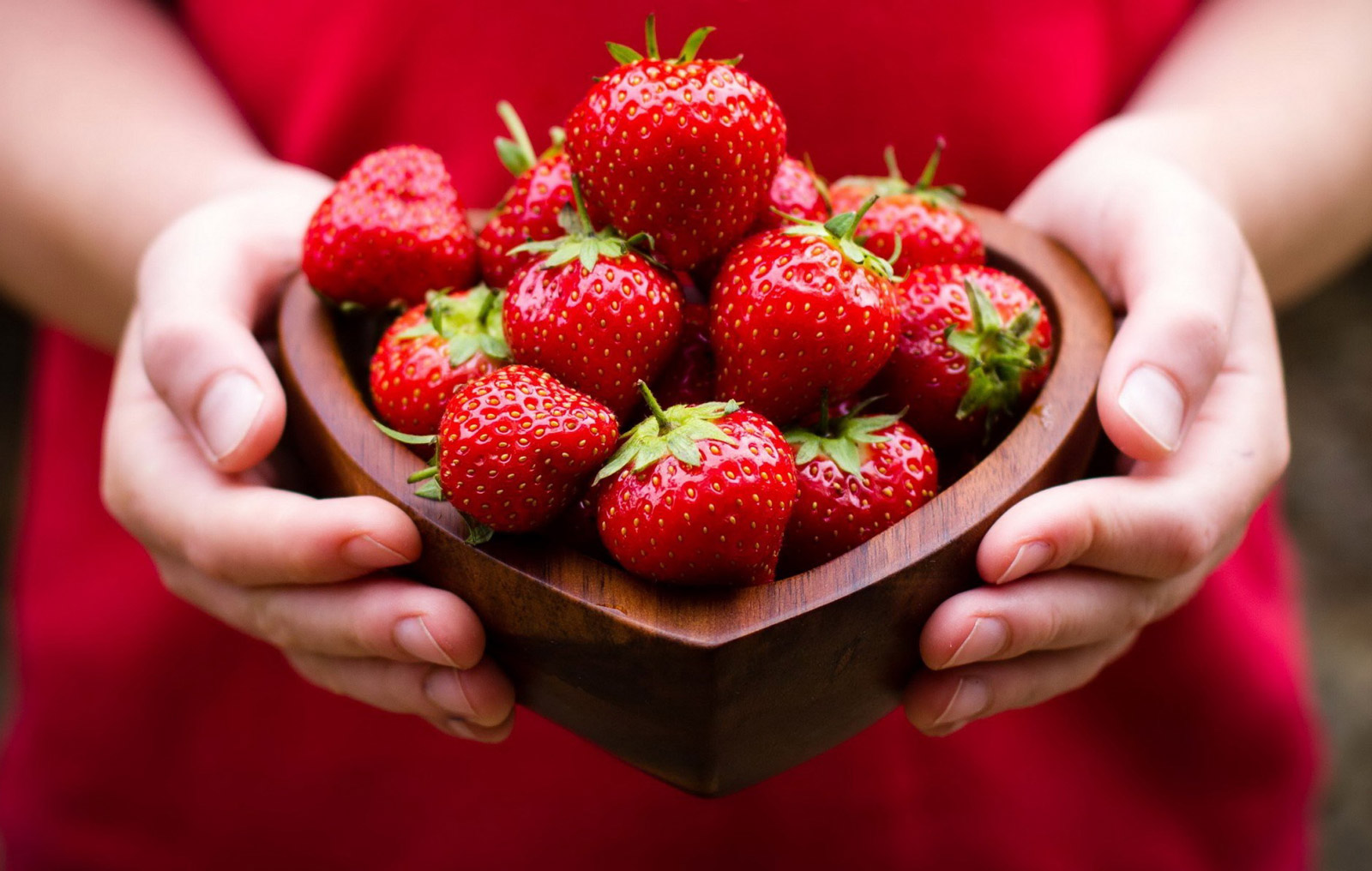Tsarina is a strawberry of domestic selection. According to the assurances of many gardeners, the variety matches the name, since it has some advantages and is devoid of disadvantages. But even in fairy tales, every queen has weaknesses. So this strawberry has features that will have to be taken into account when growing.
Content
The history of the emergence of strawberries Tsaritsa
The variety appeared thanks to the efforts of specialists from the All-Russian Breeding Institute of Horticulture and Nursery, located in Moscow. The history of the institution began in 1913 with the opening of the Moscow Experimental Station. In 1960, on its basis, a research institute began its work, which later received the status of the All-Russian.
In the arsenal of the modern FSBSI "VSTISP" there are more than 600 copyright certificates and patents for selection achievements and inventions. Orchards of fruit crops occupy 14 thousand hectares, berry crops - 22 thousand hectares. Each year the enterprise allocates 40-100 hectares of land for laying mother and fruit-bearing strawberry plantations.
The queen was taken for inspection by the State Sort Commission in 2002. In 2009, she received the status of a selection achievement, entered into the State Register of Selection Achievements with admission in the Central Region. It is here that the variety winters safely, almost does not get sick and bears fruit productively. In other climatic zones, judging by the various reviews of gardeners, the Queen may not live up to either her name or the expectations of her owners.
Description of the variety and purpose of the crop
In terms of ripening, the Queen belongs to the mid-season varieties. Bushes of medium height, not too dense, which contributes to good ventilation and illumination of the root zone and berries. The leaves are large, dull, with blunt teeth. The middle lobe is obovate.
The Queen's mustache is red, strongly pubescent, formed in sufficient quantity. One plant can grow 10-15 new plants over the summer. The flowers are white, large, and the peduncles are short. For this reason, strawberries are devoid of decorative properties, because the flowers are hidden under the leaves. Under the weight of the berries, the peduncle lies on the ground. Berries are dark red, no neck, conical shape, average weight - 12 g. In practice, the first berries grow up to 60 g, then become smaller.
The tasting score of the Queen is 4.8 points out of 5 possible. The taste of the berries is sweet with a slight sourness and a weak aroma. The pulp is firm and juicy. The crop can be stored for 1-2 days in the refrigerator and transported, which makes the variety interesting for farmers who grow strawberries for sale. However, the productivity of the Queen is low - 98.9–130 c / ha. Annual bushes throw out 2-3 peduncles, in subsequent years there are more of them - 4-6.
The variety's resistance to diseases and pests is at the standard level. Average winter hardiness. In regions with little snow, where winter temperatures drop below -15 ° C, the growing point and flower buds can freeze out. The queen will feel good in the south, where there is a lot of sun, as it is highly resistant to heat and drought.
The purpose of the variety is universal. Berries are eaten fresh, jams and other sweets are made from them. These strawberries are suitable for freezing, and the last small berries can be dried and added to tea in winter.
Video: large berries of the Queen are ripening (Belarus)
Advantages and disadvantages of the Queen in comparison with similar varieties
Features of planting and growing the Queen
Strawberry seedlings are traditionally planted in spring and summer-autumn: from late July to October. Place the garden for the Queen in a sunny place from north to south. Fill the soil with humus or compost, as well as wood ash, add dolomite flour to the acidic one. As a result, you should have a loose and fertile soil with a neutral or slightly acidic reaction.
The landing pattern for the Queen is 50x50 cm or 40x60 cm. When planting, observe the location of the growth point (heart). If you deepen it, then flower buds will not start, there will be no berries next year. Conversely, a shallow planting can lead to drying out of the bush in summer and freezing in winter. Shade the bushes for the first days, you can cover them with agrofibre, and in extreme heat, arrange sprinkling. In addition, stimulants will help new settlers quickly get accustomed to: Epin, Energen, Novosil.
Video: planting strawberries
In the future, take care of the Queen according to the classical scheme:
- Water once a week throughout the growing season, but abundantly, to wet the soil to a depth of 30 cm.
- In the spring and after harvesting, carry out preventive spraying against diseases (HOM, Skor, Horus, etc.), against harmful insects and ticks (Aktellik, Aktara, Iskra-M, etc.).
- Immediately after the snow melts and after harvesting, cut off the old, coarse leaves with signs of disease, leave 3-5 of the youngest and healthiest.
- Feed:
- after trimming the leaves - with nitrogen fertilizers: urea, horse concentrate, infusions of mullein, dung, nettle;
- from the beginning of flowering and during fruiting, every 10-14 days - with a special fertilizer for strawberries / strawberries, it is advisable to use biological products (BioHumus, BioMaster, etc.);
- during flowering on leaves - with Bud or Ovary;
- in the fall - with phosphorus-potassium fertilizers.
- Use mulch so that berries that are pouring and ripening will not rot in wet weather.
As for the shelter for the winter, it is better to insure yourself. Residents of any region cannot know exactly what winter will be like. Will there be enough snow, will it have time to cover the strawberries before the temperature drops to -15 ° C. After all, it is not difficult to throw brushwood, stalks of dill, beans, peas, spruce branches or other light and breathable material that is at hand. A small plantation can be completely covered with agrofibre.
Gardeners reviews
For several years I have been growing the Tsarina - a very promising variety, at least for our Kaluga region. Taste and productivity for the top five! There are many mustaches, but they are very reluctant to give roots. With good care, by September it is realistic to multiply tenfold. I plant seedlings myself until October - everything takes root!
My queen overwintered a disgustingly many attacks, it is hard to move away, she is not going to bloom, although even the late Marshall has already begun to bloom ...
At the end of the season, the queen still grabbed the spot ...
From myself: I grow the Queen for 3 seasons. The variety is of medium ripening. The berry is large, dense, good transportability. The taste is excellent. High resistance to diseases of the root system and leaf spot. During the entire cultivation period, I have not recorded any diseases of the root system. Mite resistance is average (it is the most affected variety for me). Aphids on my site are very fond of this variety. The bush is low, compact, sparse. Access to the middle of the bush for processing is free. Peduncles below the level of leaves, do not hold the berry. It is affected by gray rot in rainy weather. The learning ability is good. Average yield: one-year-olds - 2-3 peduncles, two-year olds - 4-6. The variety is very balanced, the only serious drawback is its low yield.
Yesterday we collected an 8-liter bucket from a plot of 2 by 3.5 meters for one Queen, the berries went massively. Compared to last week, the taste has significantly improved, sugar has increased. It got warmer, however. The variety is picky about care, watering and feeding are mandatory for it. The first berry is large, others are not inferior to Gigantella, then it becomes smaller. This year there are isolated traces of a tick, you will have to sort it out after harvest.
Of the latter varieties, I really like the Queen. The name, in my opinion, fully corresponds to the content: the berries are chiseled conical, very large, sweet, in general, some advantages.
Tsarina is a variety for private households and medium-sized farms. The berries are tasty, beautiful, transportable. Caring for this variety is not much different from the classic one. To get good harvests, you need to water, feed, protect from diseases and pests.




